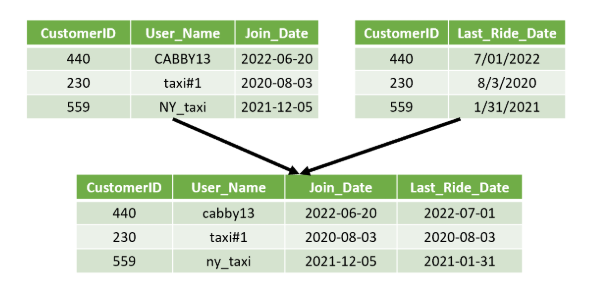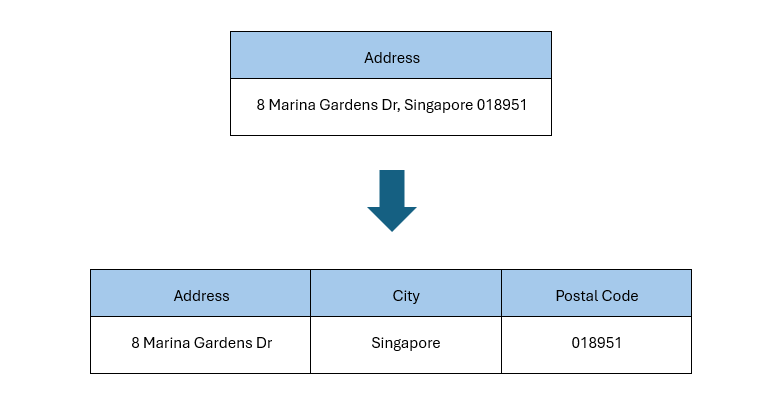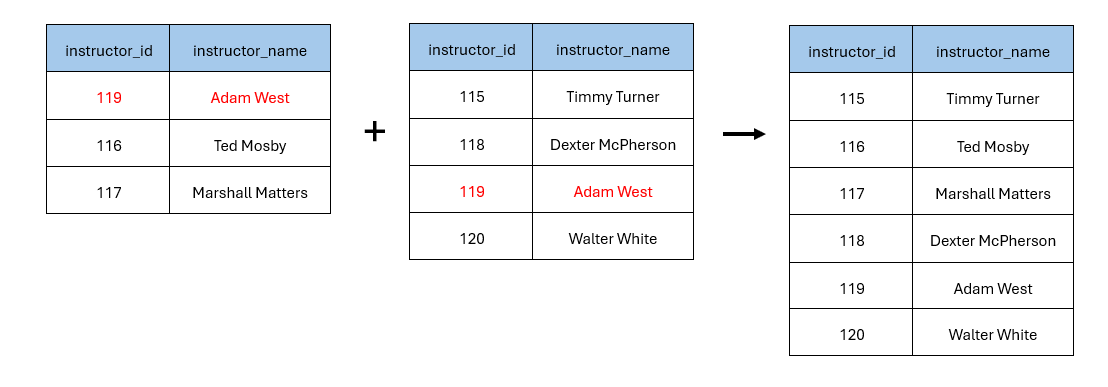Data Cleaning
Overview
When data is loaded into the warehouse, it often comes in different formats. To make sure it's clean and consistent, we need to clean and standardize the data.
Data Format Cleaning
Data often comes with inconsistencies in formats, like dates or names.
- Inconsistent Name Capitalization: Fix the case of names to be consistent.
- Date Formatting: Standardize date formats across all data sources.
Example:

Address Parsing
Address parsing involves breaking down an address into components like city and state. This helps keep the data clean and consistent.
- Parsing Addresses: Split the address into smaller parts (e.g., city, state, zip code).
- Validation: Some tools can check and validate the address to ensure it's correct.
Example:

Data Validation
Data validation checks if the values meet certain rules. Common checks include:
- Range Check: Ensures data values are within an acceptable range (e.g., age is not 300 years old).
- Type Check: Ensures the correct data type is used (e.g., age should be an integer, not a string).
Example:
Duplicate Row Elimination
Duplicate data can be removed to ensure clean records. For example, we may want to avoid repeating doctor IDs in our database.
Example:

Data Governance
Data governance ensures that data is well-defined, consistent, and accurate from the start. It helps reduce the need for cleaning during the ETL or ELT process by setting rules for data quality.
- Establish Data Rules: Define what clean data looks like.
- Improve Data Quality: With strong governance, fewer errors make it into the ETL/ELT process.